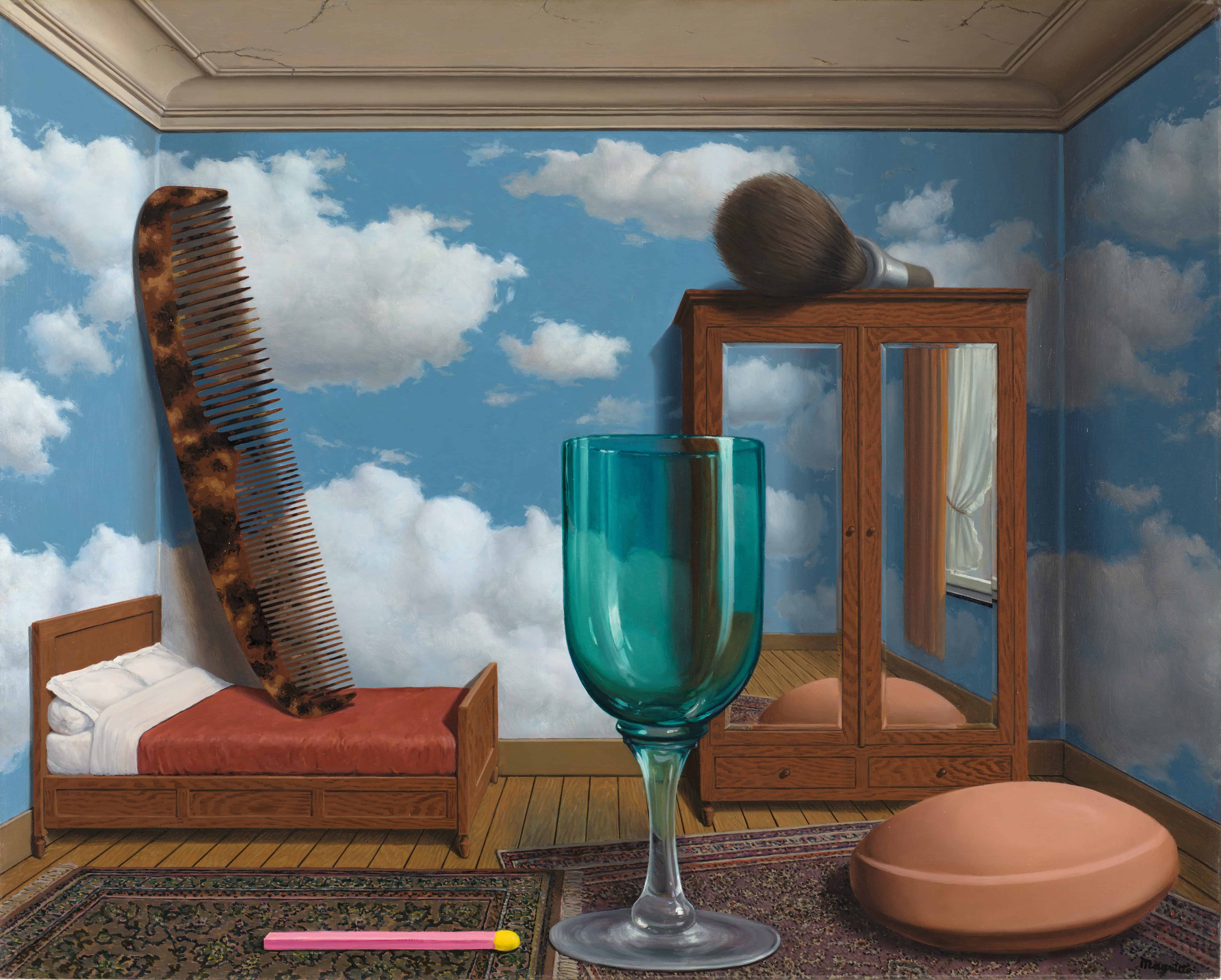As the author is chair of BBDO Singapore, a regular keynote speaker with a TEDx credit, and has a list of blue chip clients that have listened to his advice, we might expect his book Collide to be full of tips for those in the business of marketing creativity.
While it can serve dutifully in that arena, that’s not the main purpose or target audience: this is a book that seeks to spread creative ideation into a way of problem-solving for the wider community.
In that ambition, and in making creativity more approachable and a life skill for all, Tay’s book sets out to do something akin to offering a life-skill primer. As seems the custom with books produced by advertising experts, they’re not backwards in getting good advertising going for the book itself. This one comes replete with many inspiring prefatory quotes. We rather liked the line by Guan’s network colleague Ali Rez, CCO at Impact BBDO, who claims Collide, “goes beyond thinking outside the box – it’s about inventing an entirely new box.”
In that the title name is itself an acronym for a creative process that Tay outlines, one which harnesses conflict as a key element of creativity, it would be fair to say that hype is true: this is a fresh box of tricks for how we might spark up ideas and take them to practical outcomes.
The book has had a longer gestation than originally planned, in part to take on board the implications of AI. This led to the author doing fresh interviews, including one with ChatGPT. From that research he concludes that the future is to better understand and use AI tools in creativity, not to fight the incredible strengths that the technology already provides for many areas of creative work – and will rapidly develop further.
There is still hope for humans in this, Tay tells us, seeing that creative difference often lies with imperfection. “The imperfection is the key, the mess is the key, the dirt is the key. Because without all those things, it is very imperfect. There’s no soul.” It may take AI a while to master being as complexly imperfect as us. And what it may never master are our individual imperfections, the things that make each of us unique. But we wouldn’t bet on that. In the meantime, we can give AI creativity some competition, or even work better with it, if we apply the thinking in this book.


